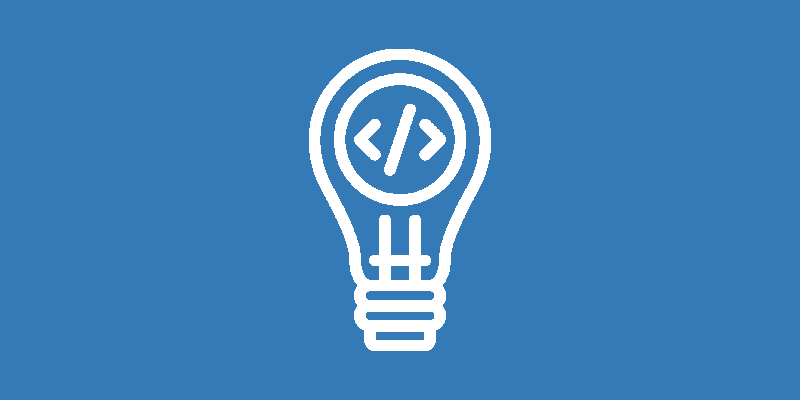A Beginner’s Guide to Natural Language Processing
Natural Language Processing (NLP) is a fascinating field of artificial intelligence that focuses on enabling computers to understand, interpret, and generate human language. NLP has a wide range of applications, from chatbots and sentiment analysis to language translation and speech recognition. In this article, we will walk you through the step-by-step process of implementing a basic NLP application using Python and popular libraries like NLTK (Natural Language Toolkit).
Step 1: Install NLTK and Necessary Libraries
Before we dive into the implementation, make sure you have Python installed on your machine. Then, install NLTK and other necessary libraries using pip:
pip install nltkStep 2: Importing the Libraries
Once you have installed the required libraries, import them into your Python script:
import nltk
from nltk.tokenize import word_tokenize, sent_tokenize
from nltk.corpus import stopwordsStep 3: Loading Text Data
Now, you need some text data to work with. For this example, we will use a sample text about NLP:
text_data = "Natural Language Processing (NLP) is a subfield of artificial intelligence that focuses on the interaction between computers and human language. It involves the development of algorithms and models that enable computers to understand, interpret, and generate human language. NLP has a wide range of applications, including sentiment analysis, chatbots, language translation, and more."Step 4: Tokenization
Tokenization is the process of breaking down a text into smaller units, such as words or sentences. We will use NLTK’s tokenization functions for this:
# Tokenize into words
words = word_tokenize(text_data)
# Tokenize into sentences
sentences = sent_tokenize(text_data)Step 5: Removing Stopwords
Stopwords are common words that do not carry significant meaning, such as “the,” “is,” “a,” etc. Removing stopwords can help improve the accuracy of NLP applications. Let’s remove stopwords from our tokenized words:
# Download the stopwords corpus if not already downloaded
nltk.download('stopwords')
# Remove stopwords
stop_words = set(stopwords.words("english"))
filtered_words = [word for word in words if word.lower() not in stop_words]Step 6: Text Analysis
With the text data tokenized and stopwords removed, you can now perform various text analysis tasks. For example, you can calculate word frequency, find the most common words, or analyze the sentiment of the text.
from collections import Counter
# Calculate word frequency
word_frequency = Counter(filtered_words)
# Find the most common words
most_common_words = word_frequency.most_common(5)
# Sentiment analysis (using a simple approach)
positive_words = ["good", "excellent", "amazing"]
negative_words = ["bad", "poor", "terrible"]
positive_count = sum(word_frequency[word] for word in positive_words)
negative_count = sum(word_frequency[word] for word in negative_words)
sentiment_score = positive_count - negative_count
if sentiment_score > 0:
sentiment = "Positive"
elif sentiment_score < 0:
sentiment = "Negative"
else:
sentiment = "Neutral"Step 7: Displaying Results
Finally, you can display the results of your NLP analysis:
print("Tokenized Words:", words)
print("Tokenized Sentences:", sentences)
print("Filtered Words (without stopwords):", filtered_words)
print("Most Common Words:", most_common_words)
print("Sentiment:", sentiment)Building to More Advanced Techniques
Congratulations! You have successfully implemented a basic NLP application using Python and NLTK. This simple example provides a glimpse into the power and potential of Natural Language Processing. As you delve deeper into this world, you will encounter more advanced techniques, such as Named Entity Recognition (NER), sentiment analysis using machine learning models, language translation, and much more.
NLP is a rapidly evolving field, and new research and innovations are constantly shaping its landscape. By building NLP applications, you can contribute to various domains, including customer support, social media analysis, healthcare, and education.
To further enhance your skills, consider exploring online courses, tutorials, and research papers related to NLP. Additionally, join AI communities and forums to connect with like-minded individuals and stay updated on the latest trends and breakthroughs in the field.
As you continue your journey, remember that practice is essential. Experiment with different text data and try out various techniques to gain hands-on experience. Embrace the challenges and possibilities of NLP, and you’ll find yourself on a rewarding path of discovery in the world of natural language processing!
